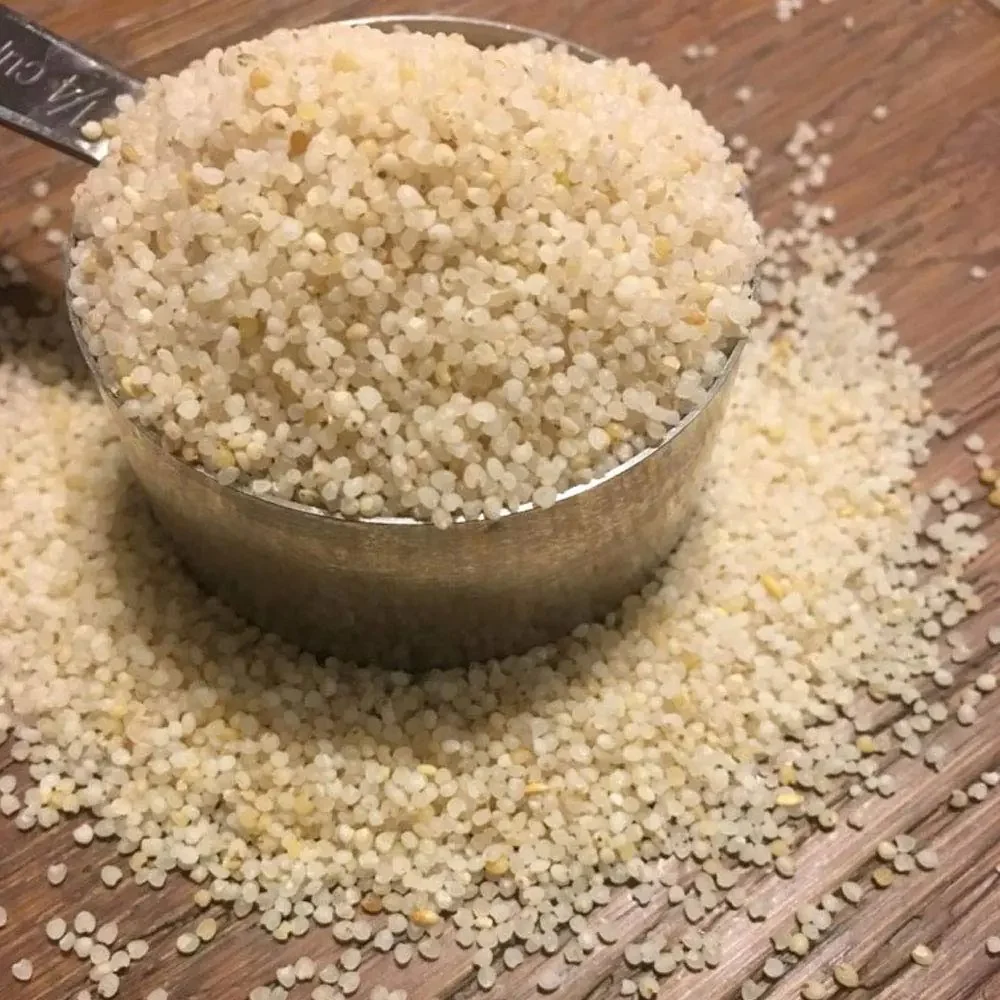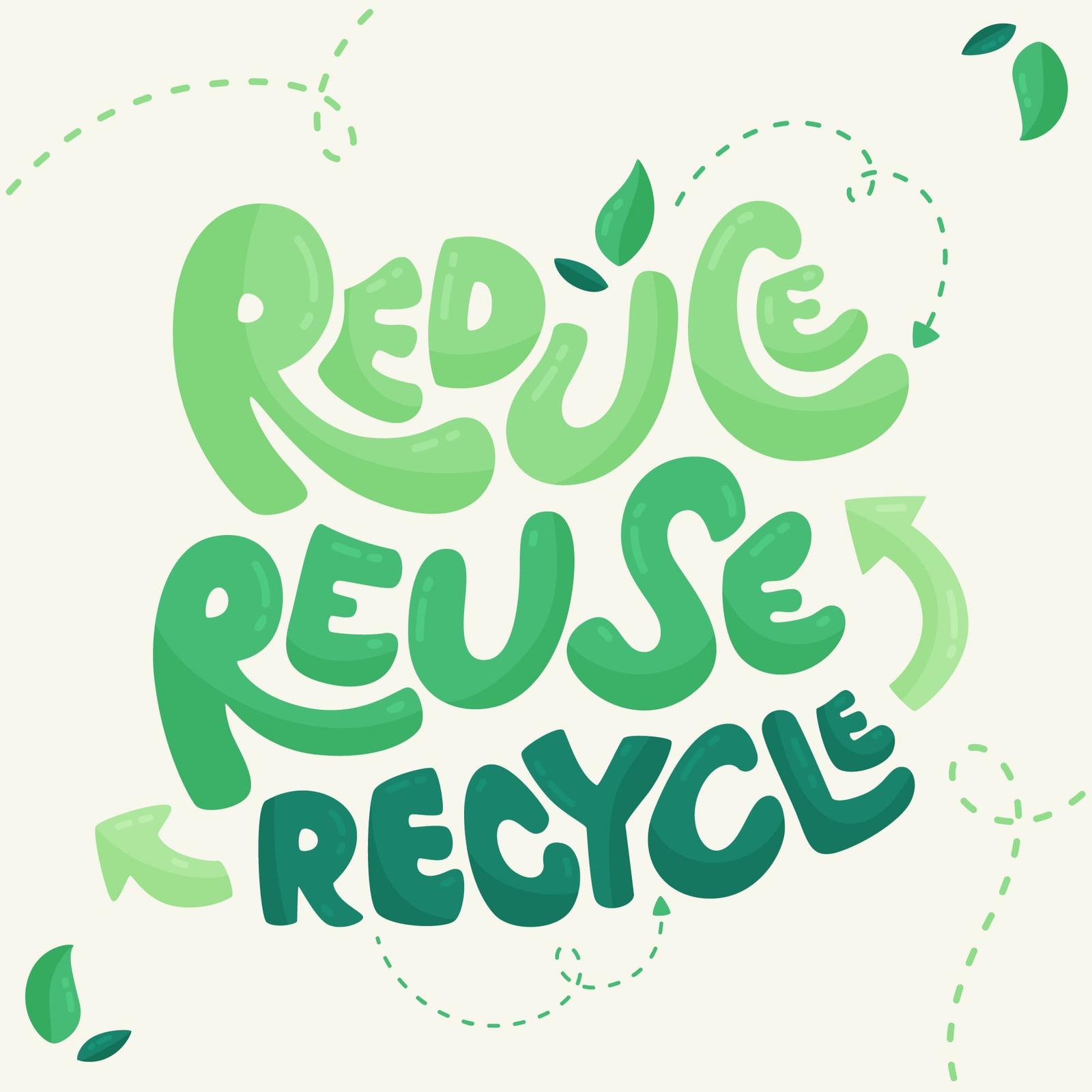Beans & Pulses, Organic Products
Golden Tapovana Organic Little Millet, Packaging Size: 500gm
₹81.0
| Packaging Size |
500gm
|
| Packaging Type |
Packet
|
| Color |
Golden
|
| Speciality |
Gluten Free
|
| Cuisine |
Indian
|
| Brand |
Tapovana
|
| Is It Organic |
Organic
|
| Shelf Life |
12 Months
|
| Packaging Size |
500gm
|
| Packaging Type |
Packet
|
| Color |
Golden
|
| Speciality |
Gluten Free
|
| Cuisine |
Indian
|
| Brand |
Tapovana
|
| Is It Organic |
Organic
|
| Shelf Life |
12 Months
|
Benefits:
- Rich in phyto chemicals and properties.
- Has 2.5 times more minerals and 38 times fiber and 13 times more iron than rice.
- Has 6.3 times more fiber and 1.8 times more iron than wheat.
- Abundant lowers risk of type 2 diabetes.
- Strengthens spinal bones especially for people who spent more time in sitting postion in chairs and riding two wheelers.
- Can be used to make idlis, kicchadis, dosa and as an alternate to white rice.
Nutrition information per 100 g
- Calories: 207
- Minerals: 1.5g
- carbohydrate: 65g
- Protein: 7.7g
- Calcium: 17mg
- Iron; 9.3mg
- Fiber: 7.6g
You must be logged in to post a review.
Q & A
Ask a question
There are no questions yet
Little Millet is a hardy, small-grained millet native to India and widely cultivated in dryland areas such as Tamil Nadu, Karnataka, Chhattisgarh, Madhya Pradesh, and Odisha. Known as "Kutki" in Hindi, it plays a vital role in rainfed agriculture, especially among tribal and smallholder farmers.
The organic cultivation of Little Millet supports soil health, climate resilience, and nutritional security—making it a sustainable alternative to water- and chemical-intensive cereals like rice and wheat.
📌 Source: National Institute of Nutrition (NIN), 2023
📌 Source: NIN Food Composition Tables, 2023
2. Environmental Sustainability
2.1 Water Use Efficiency
Little Millet is a drought-tolerant crop that thrives on minimal rainfall.- Water required: 500–600 liters/kg
- Water required for rice: 3,000–5,000 liters/kg
- Water savings: ~85–90%
2.2 Greenhouse Gas Emissions
- Organic Little Millet emits ~65% less CO₂e than rice cultivation
- No use of synthetic fertilizers = zero nitrous oxide emissions
- Carbon footprint: ~0.7–0.9 kg CO₂e/kg (vs 1.6–2.0 for rice)
2.3 Soil Health and Fertility
- Improves soil organic carbon by 18–22% in 3 years
- Enhances microbial biodiversity
- 100% free from chemical pesticides and fertilizers in organic systems
3. Nutritional Sustainability
3.1 Nutritional Profile (Per 100g of Raw Organic Little Millet)
| Nutrient | Value | % Daily Value (DV) |
|---|---|---|
| Energy | 207 kcal | 10% |
| Carbohydrates | 67 g | 22% |
| Protein | 7.7 g | 15% |
| Total Fat | 4.7 g | 7% |
| Dietary Fiber | 7.6 g | 30% |
3.2 Micronutrient Content
| Mineral | Amount | % RDA (approx) |
|---|---|---|
| Iron | 9.3 mg | 52% |
| Calcium | 17 mg | 1.7% |
| Phosphorus | 220 mg | 30% |
| Magnesium | 114 mg | 28% |
| Zinc | 1.9 mg | 17% |
3.3 Health Benefits
- Low Glycemic Index (~45–52): Helps regulate blood sugar
- Rich in polyphenols & antioxidants
- Promotes heart health, gut health, and weight management
4. Economic Sustainability
4.1 Farmer Economics
- Input cost reduction: ~35–40% in organic millet farming
- Organic certification premiums: ~20–30% higher price realization
- Yield: 1.2–1.8 tons/ha under rainfed conditions
- Higher profit margin than rice and wheat in marginal areas
4.2 Livelihoods & Tribal Upliftment
- SHGs and FPOs in Odisha, Jharkhand, and Chhattisgarh report a 45% income rise by cultivating and processing organic little millet
- Participates in tribal food security programs and public procurement (PDS) in Odisha and Chhattisgarh
5. Climate Resilience & Biodiversity
- Thrives in semi-arid and rainfed zones
- Matures in 90–100 days, ideal for crop rotation
- Requires zero irrigation, promoting climate adaptation
- Supports agro-biodiversity by being part of multi-cropping systems
6. Certification & Organic Standards
Organic Little Millet is certified under:- NPOP – National Programme for Organic Production (India)
- PGS-India – Participatory Guarantee System
- FSSAI Jaivik Bharat, USDA Organic, and EU Organic
7. Sustainability Index
| Parameter | Organic Little Millet |
|---|---|
| Water Efficiency | ★★★★★ |
| Carbon Emissions | ★★★★☆ |
| Soil Health Improvement | ★★★★★ |
| Market Profitability | ★★★★☆ |
| Nutritional Density | ★★★★☆ |
| Climate Adaptability | ★★★★★ |
8. Conclusion
Organic Little Millet is one of India’s most sustainable grains, offering:- 85–90% less water use
- Over 60% lower GHG emissions
- 30–40% higher farm profitability (especially for tribal and rainfed farmers)
- High nutritional value with 7.6g fiber, 9.3 mg iron, and low GI
📚 References
- Indian Institute of Millets Research (IIMR). (2022). Technical Bulletin on Little Millet.
- FAO. (2021). The Future of Food and Agriculture: Sustainability Pathways.
- National Institute of Nutrition (NIN). (2023). Indian Food Composition Tables.
- ICRISAT. (2023). Millets and Soil Regeneration Study.
- APEDA. (2023). Organic Exports Annual Report.
- Ministry of Agriculture & Farmers Welfare. (2023). PKVY Progress Report.
- Ministry of Tribal Affairs. (2022). Tribal Food Security and Millets Scheme.
- UNEP & FAO. (2022). Millets as Climate-Smart Crops.
No more offers for this product!
General Inquiries
There are no inquiries yet.






Reviews
There are no reviews yet.